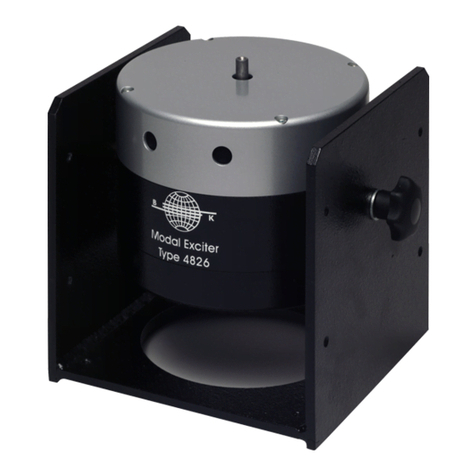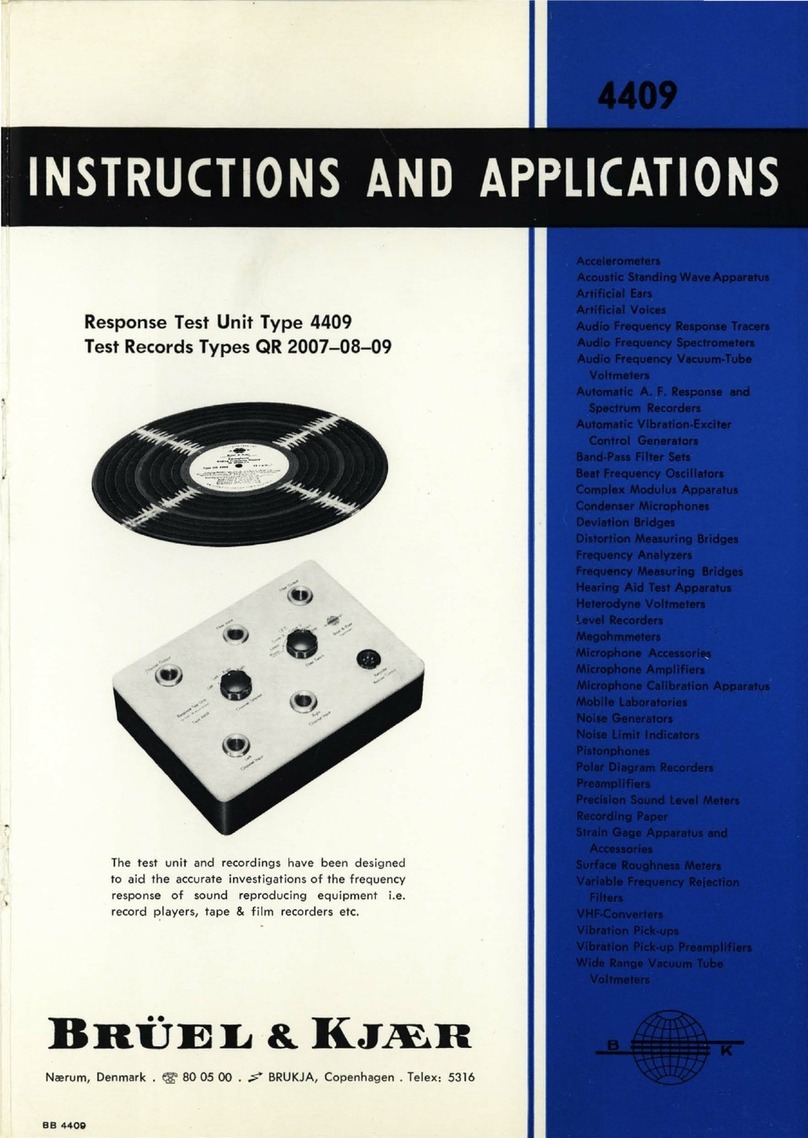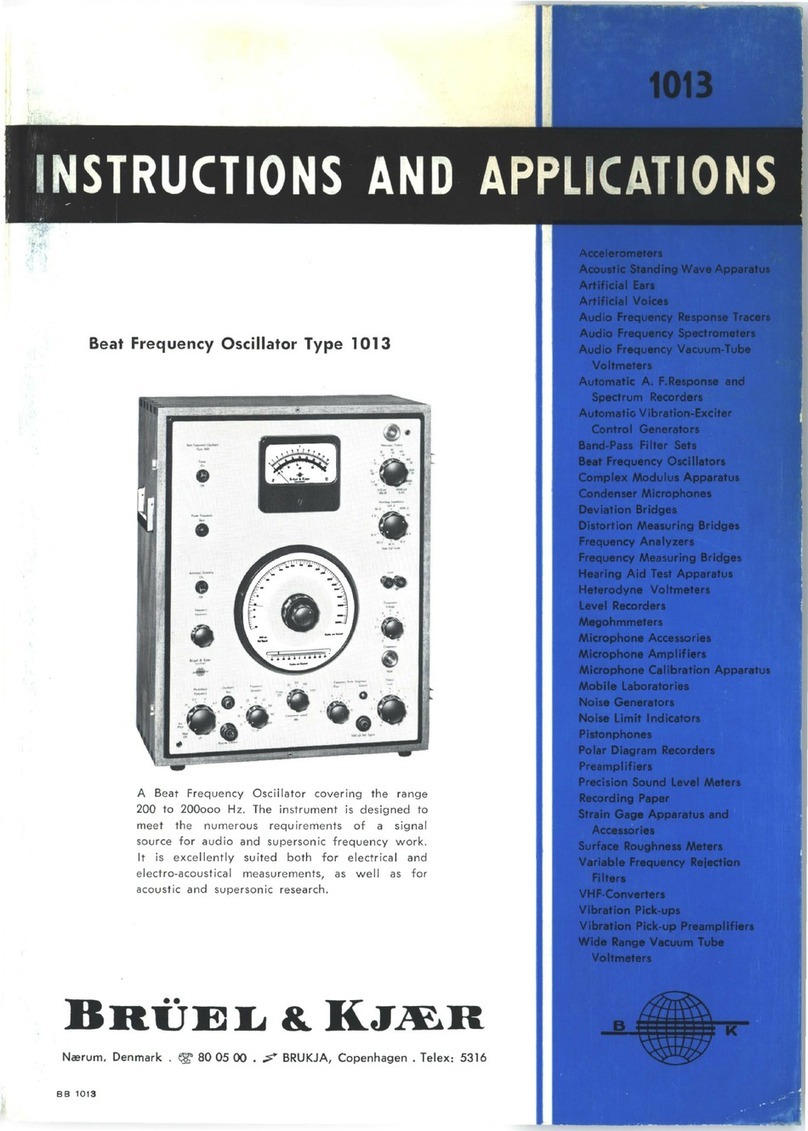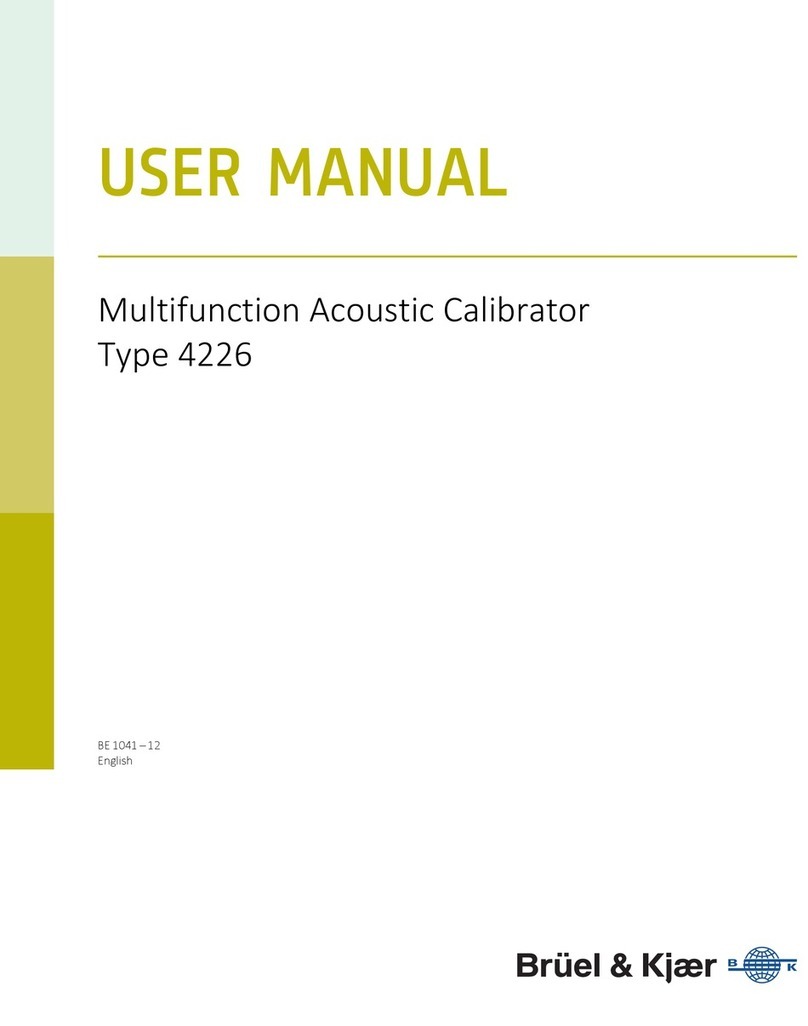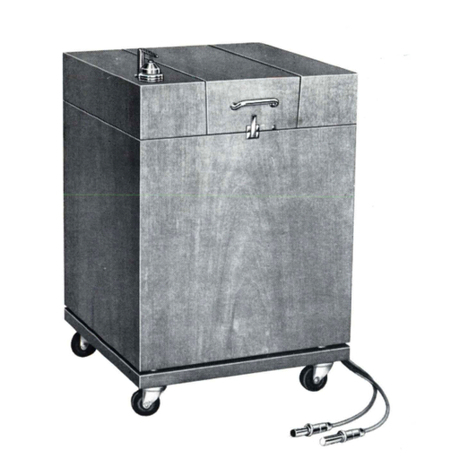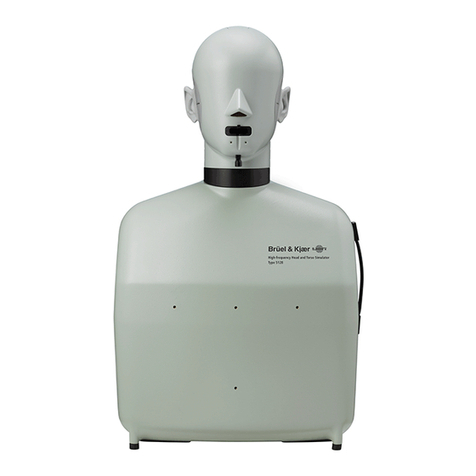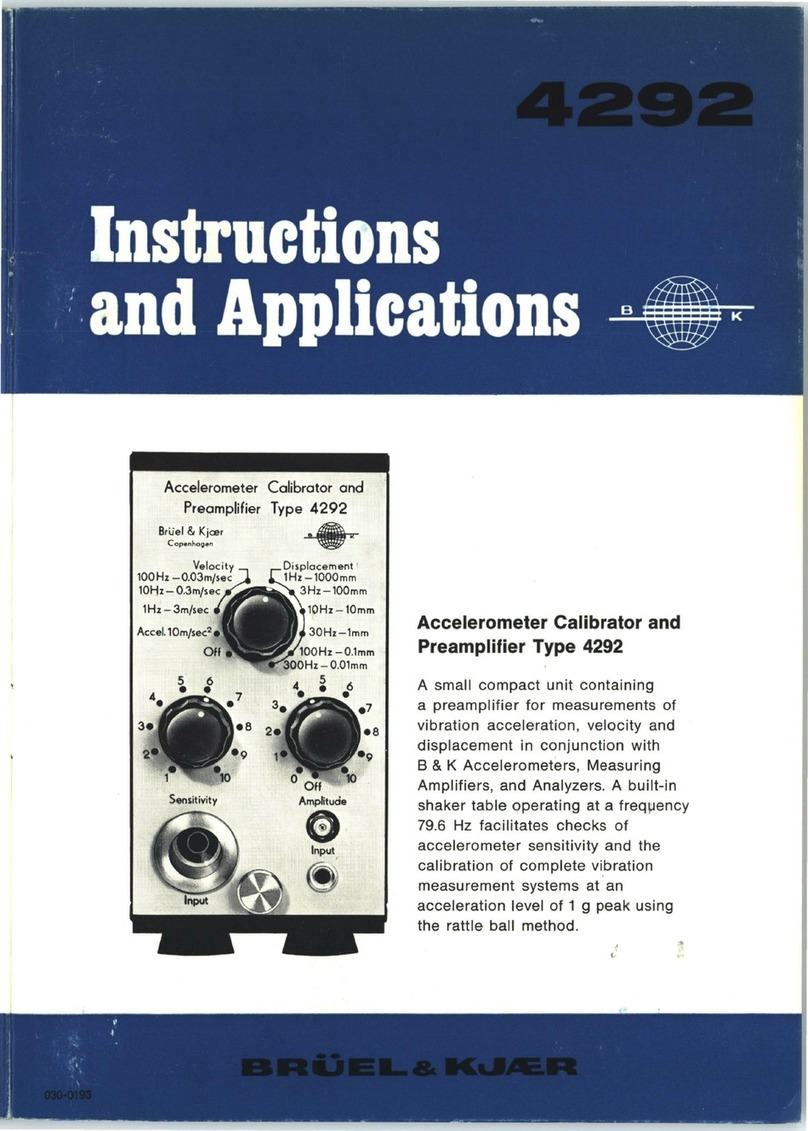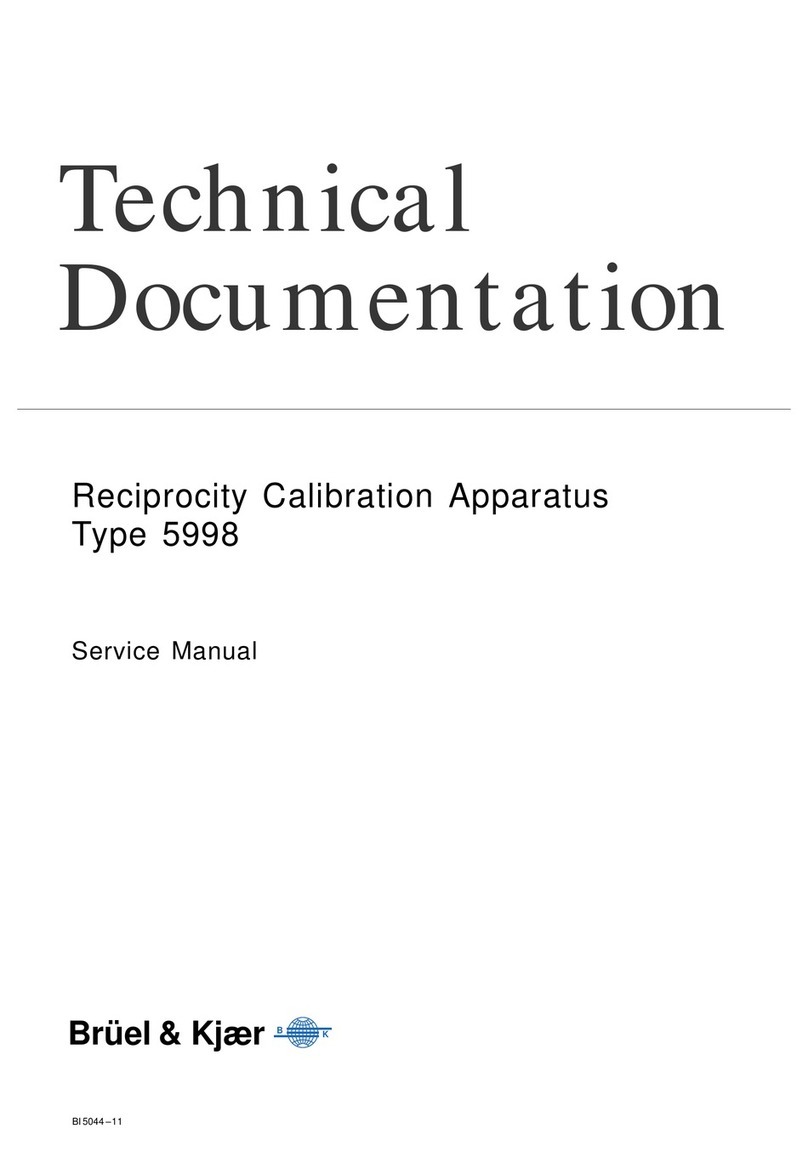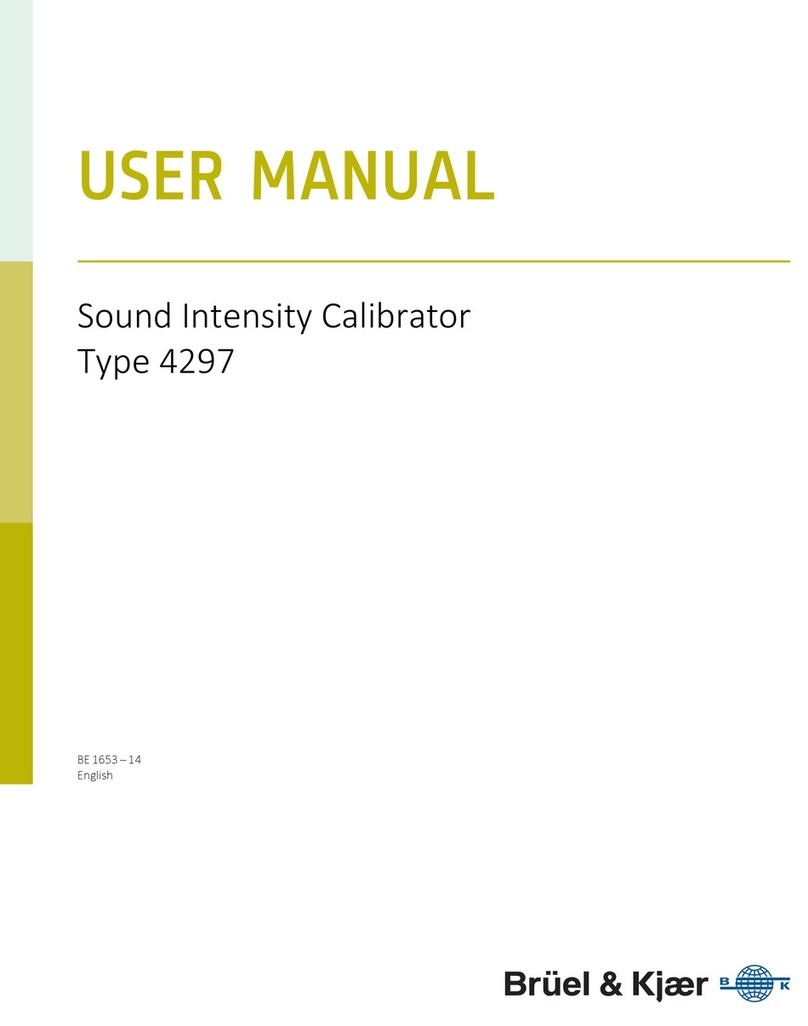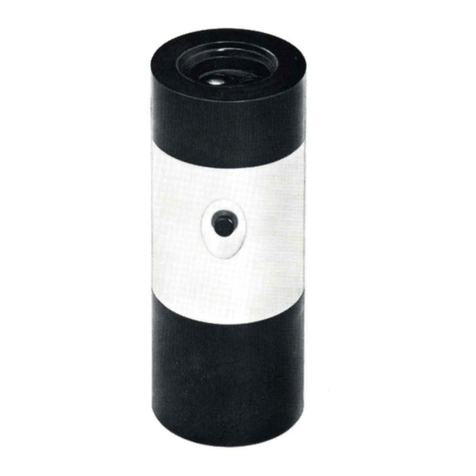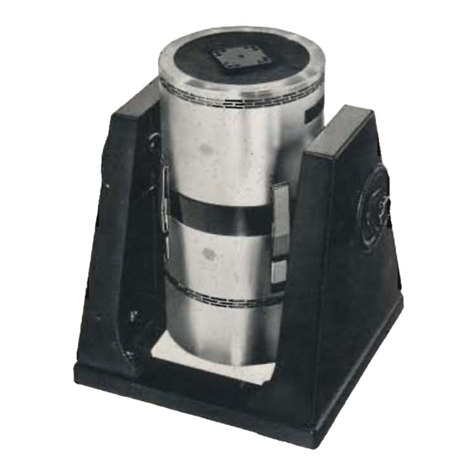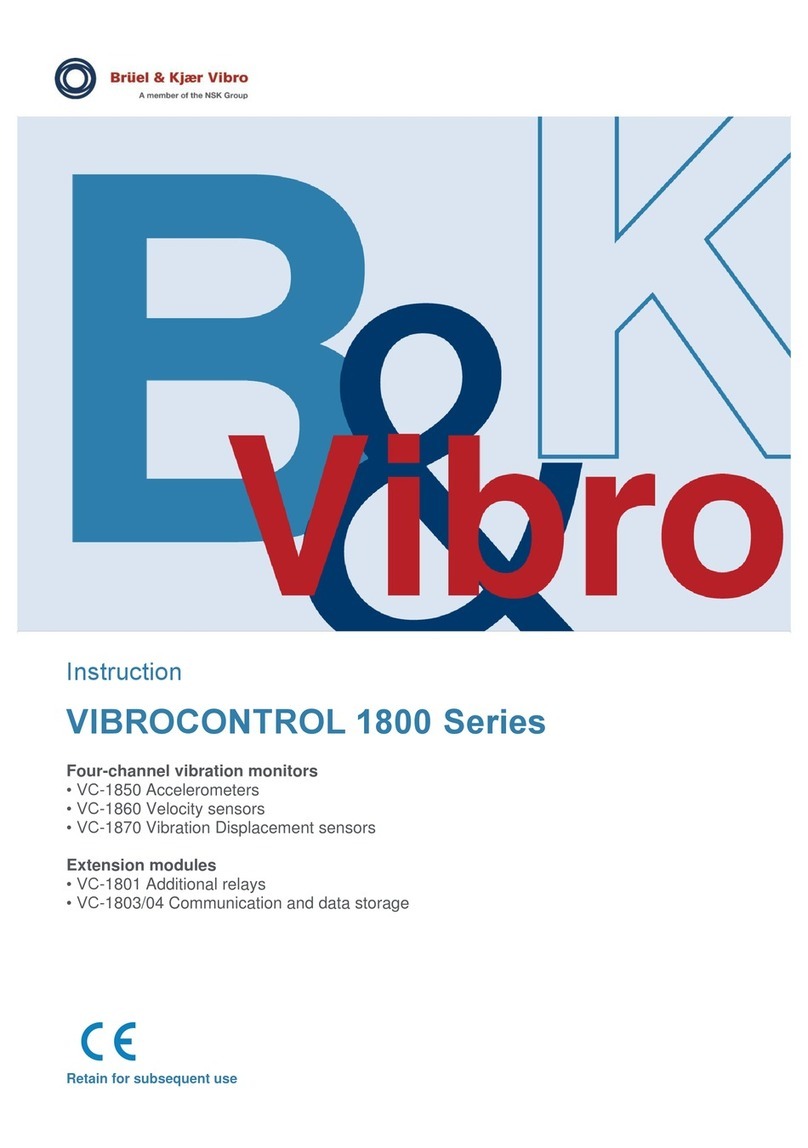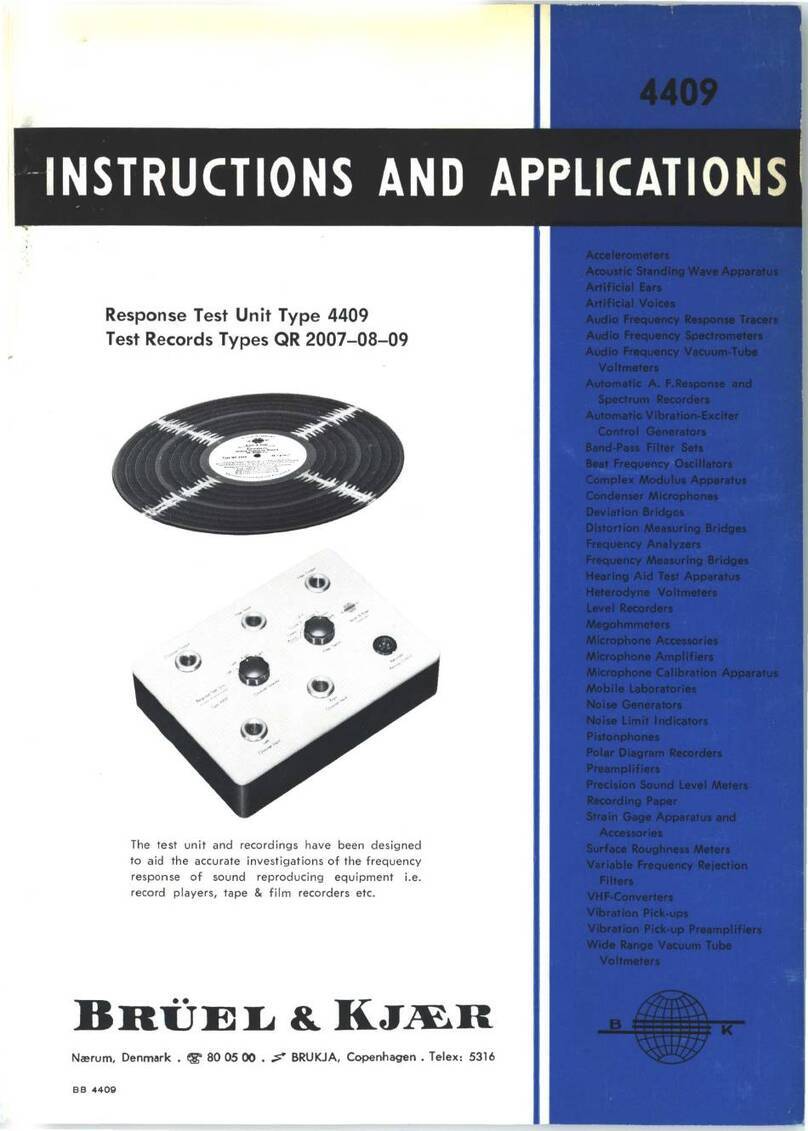
CONTENTS
1.
INTRODUCTION & SPECIFICATIONS {PRODUCT DATA) ................................................................................. 1
2.
CONTROLS..................................................................................................................................................................3
2.1. FRONT PANEL .......................................................................................................................3
2.2. REAR PANEL..........................................................................................................................5
2.3. FOOT PEDAL .........................................................................................................................6
3.
OPERATION................................................................................................................................................................. 7
3.1. PRELIMINARY ........................................................................................................................7
Environment and Handling ...................................................................................................7
Mounting .................................................................................................................................7
Connection
of
Mains Supply................................................................................................8
Potential Equalization Conductor ........................................................................................8
Selection
of
display symbols for "FILTER READY" ..........................................................8
3.2. USE AND CARE OF LIGHT CABLE AE 6100.....................................................................9
3.3. MOUNTING THE CABLE LIFTER.......................................................................................
11
3.4. MOUNTING THE LARYNX MIRROR AND CONNECTING THE LIGHT-PROBE...........
11
3.5.
CONNECTION OF THE FOOT PEDAL AND THE STETHOSCOPE COUPLER........... 12
3.6. GENERAL OPERATING MODE ..........................................................................................12
3.7. CLEANING AND DISINFECTION........................................................................................14
3.8. COOLING ..............................................................................................................................
15
4.
USE WITH OTHER INSTRUMENTS ......................................................................................................................
16
4.1. LARYNX MIRROR ................................................................................................................16
4.2. RIGID ENDOSCOPE ............................................................................................................16
4.3. FLEXIBLE FIBRESCOPE .....................................................................................................17
4.4. OPERATION MICROSCOPE...............................................................................................
17
4.5. CAMERA...............................................................................................................................
18
Motion during exposure time.............................................................................................19
Exposure time ......................................................................................................................
20
4.6. VIDEO CAMERA ..................................................................................................................
21
4.7. USE OF THE 4914 WITH OTHER ELECTRONIC INSTRUMENTS.................................
21
4.8. REFERENCES.......................................................................................................................
22
5.
SERVICE AND REPAIR ........................................................................................................................................... 23
